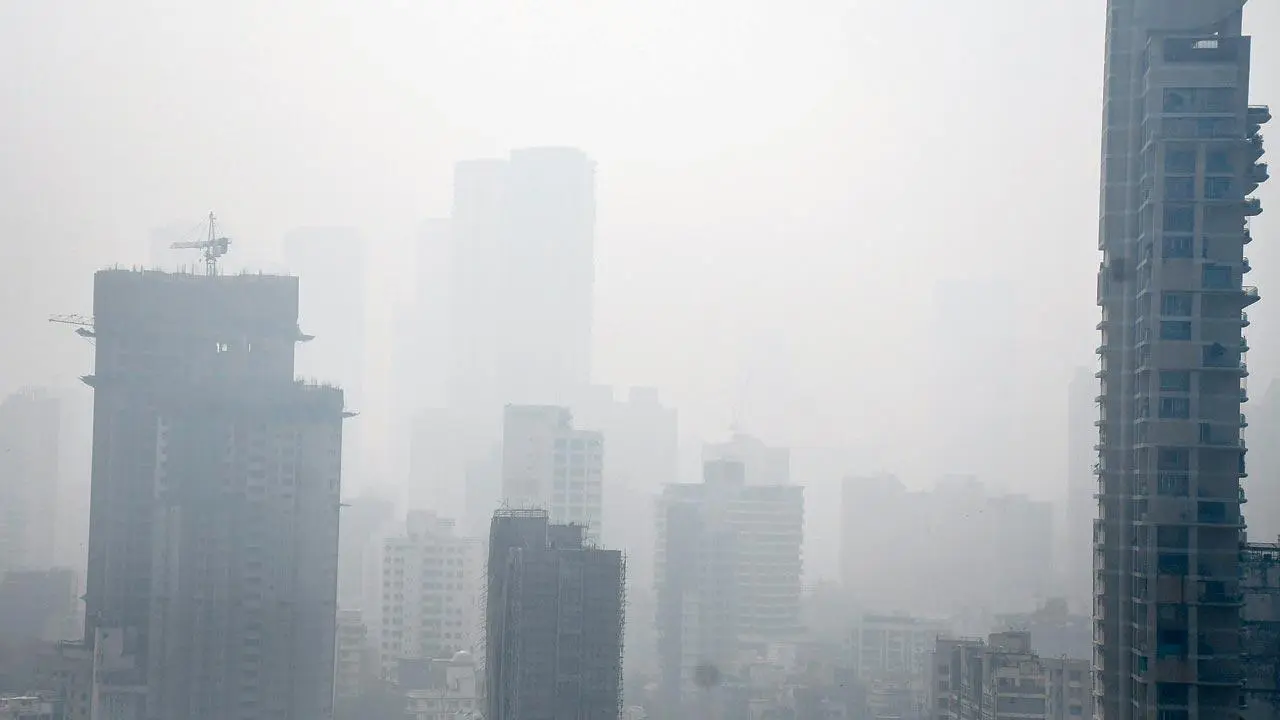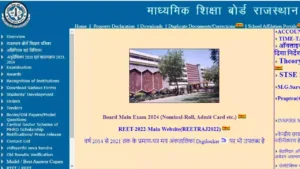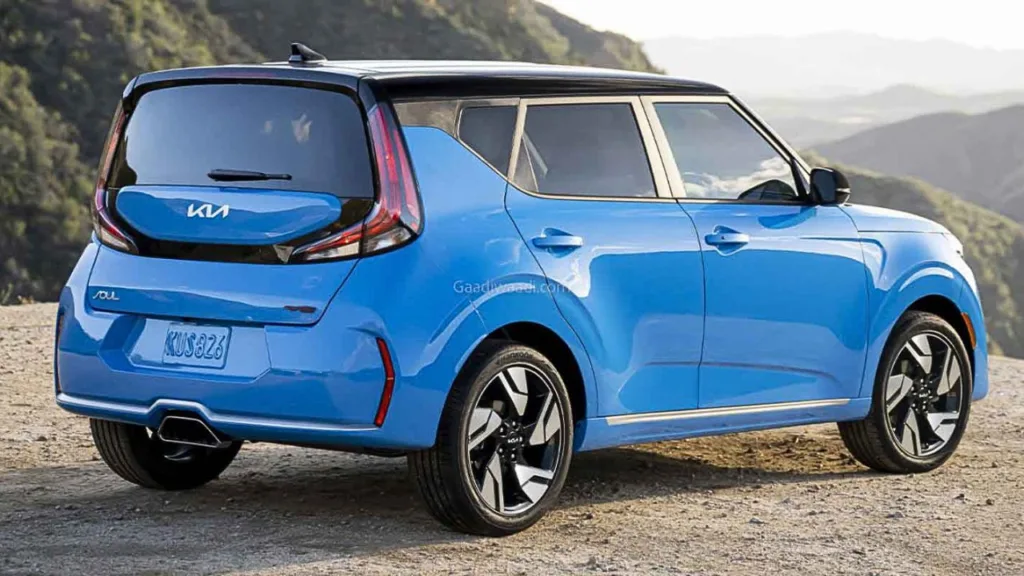Delhi, the vibrant capital of India, is sadly known for another title: one of the most polluted cities in the world. This toxic smog, a cocktail of construction dust, vehicular emissions, and agricultural waste burning, poses a severe threat to the health and well-being of its millions of residents.
Choking on Progress:
Delhi’s rapid urbanization has come at a steep environmental cost. The construction boom generates immense dust, while the city’s growing vehicle population spews harmful pollutants. The situation worsens in winter months, when farmers in neighboring states burn crop residue, adding a thick layer of smoke to the already polluted air.
Health Under Siege:
The consequences of Delhi’s air pollution are dire. Respiratory illnesses like asthma, bronchitis, and lung cancer are rampant, affecting people of all ages. Children and the elderly are particularly vulnerable, suffering from stunted growth, impaired lung development, and increased risk of cardiovascular diseases. According to a recent study, the average Delhi resident could lose years of life expectancy due to air pollution.
Beyond the Numbers:
The problem goes beyond statistics. The smog casts a literal and metaphorical shadow on life in Delhi. Visibility drops drastically, disrupting daily activities and impacting tourism. The acrid smell permeates homes, forcing residents to stay indoors, impacting their mental and physical well-being.
Seeking Solutions:
The fight against Delhi’s pollution requires a multi-pronged approach. Stricter emission standards for vehicles and industries, coupled with the promotion of public transportation and electric vehicles, are crucial. Additionally, curbing crop residue burning through sustainable agricultural practices is essential.
A Glimmer of Hope:
Efforts are underway to combat this crisis. The government has implemented measures like the “Graded Response Action Plan,” which restricts construction and other activities based on pollution levels. There’s also a push for renewable energy sources and green spaces within the city.
The Road Ahead:
Cleaning Delhi’s air is a long and arduous journey. It requires sustained efforts from the government, industries, and individuals. Public awareness campaigns are crucial to encourage responsible behavior and demand cleaner air. Additionally, collaboration with neighboring states to address regional factors like crop residue burning is vital.
Beyond Delhi:
Delhi’s pollution crisis serves as a stark reminder of the environmental challenges faced by many rapidly developing cities. It highlights the need for sustainable development that prioritizes public health and environmental well-being. The solutions implemented in Delhi can offer valuable lessons for other cities struggling with similar issues.
Conclusion:
Delhi’s smog is a symptom of a larger issue: the unsustainable relationship between humans and the environment. Addressing this crisis requires a collective effort, a commitment to cleaner technologies, and a shift towards a more sustainable future. Only then can Delhi truly breathe again, offering its residents a healthier and brighter tomorrow.













